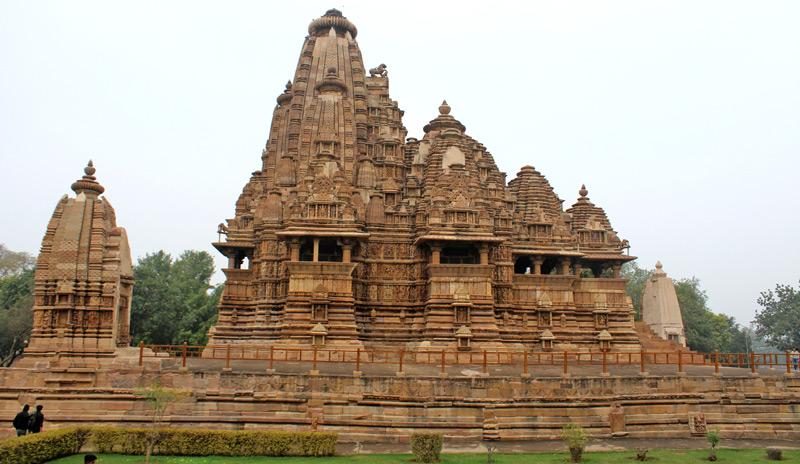
 Located in the Chhatarpur district of Madhya Pradesh in India, the Khajuraho temples are a testament to the rich cultural heritage of India.
Located in the Chhatarpur district of Madhya Pradesh in India, the Khajuraho temples are a testament to the rich cultural heritage of India.
These temples were built during the Chandela dynasty in the 10th and 11th centuries, and their unique architecture and intricate sculptures have fascinated visitors for centuries.
In this article I will explore the fascinating history and culture behind the Khajuraho temples.
These temples are divided into three distinct groups, such as, the Western group, the Eastern group, and the Southern group. The Western group is the most famous and is home to some of the most intricate and beautiful sculptures in the world.
One of the most striking features of the Khajuraho temples is the intricate sculptures that adorn the walls and ceilings of the temples. These sculptures depict a range of subjects, including gods and goddesses, animals, musicians and dancers. Some of the sculptures depict erotic scenes, which has led to the temples being called ‘erotic temples’.

However, it is important to note that the Khajuraho temples are much more than just erotic art. In fact, erotic sculptures make up only a small percentage of the total sculpture in the temples. The majority of the sculptures depict scenes from everyday life, as well as spiritual and religious themes.
One of the most interesting aspects of the Khajuraho temples is the use of symbolism. Many of the sculptures feature intricate details and hidden meanings. For example, the sculptures of musicians and dancers are thought to represent the celebration of life, while the sculptures of animals and gods are thought to represent the balance between nature and the divine.
The Khajuraho temples are also known for their unique architectural style. The temples have been built using a combination of sandstone and granite, and feature a distinct blend of Hindu and Jain architectural styles. The temples have been designed to create a sense of depth and movement.
The Khajuraho temples are also known for their intricate carving of gods and goddesses. The temples feature sculptures of a range of Hindu deities, including Shiva, Vishnu and Brahma. The sculptures show the deities in various poses and postures, which are thought to represent different aspects of their personalities and powers.
The Khajuraho temples are also known for their rich cultural heritage. The temples are a testament to the vibrant culture of India and the Chandela dynasty in particular.
The Chandela dynasty was one of the most powerful and influential dynasties in India during the 10th and 11th centuries. The dynasty was known for its love of art and culture, and the Khajuraho temples are a testament to this legacy.
The Khajuraho temples are an important religious site for Hindu and Jains. The temples are dedicated to a range of Hindu deities including Shiva, Vishnu and Brahma. They are also home to a number of Jain temples, which are dedicated to the Tirthankaras.
If you are planning a trip to India, a visit to the Khajuraho temples is a must.
